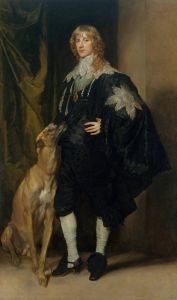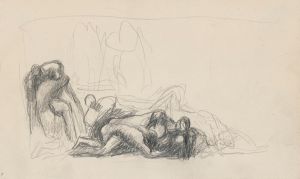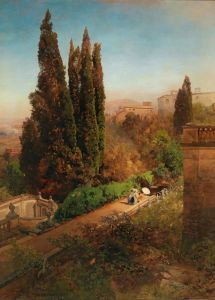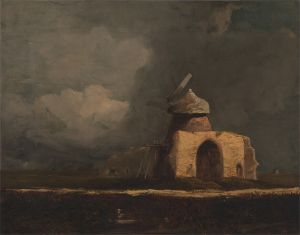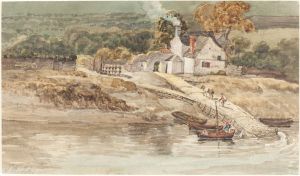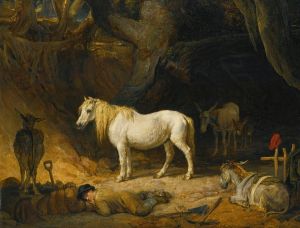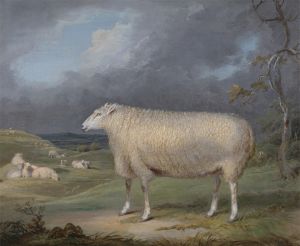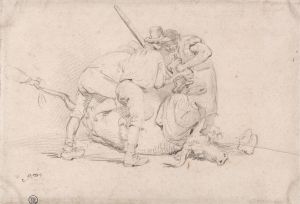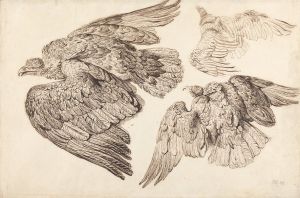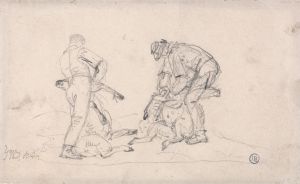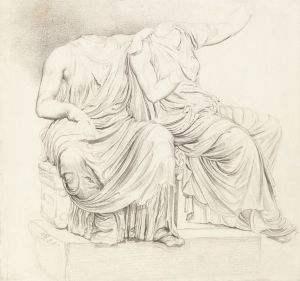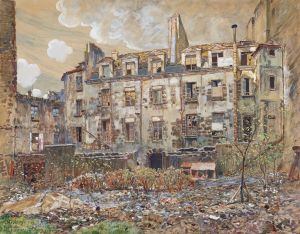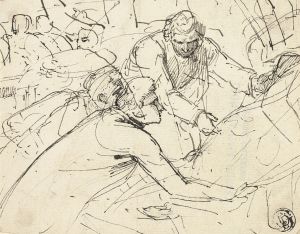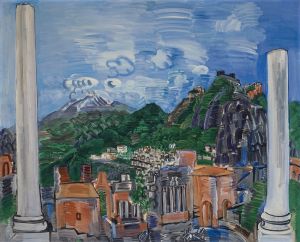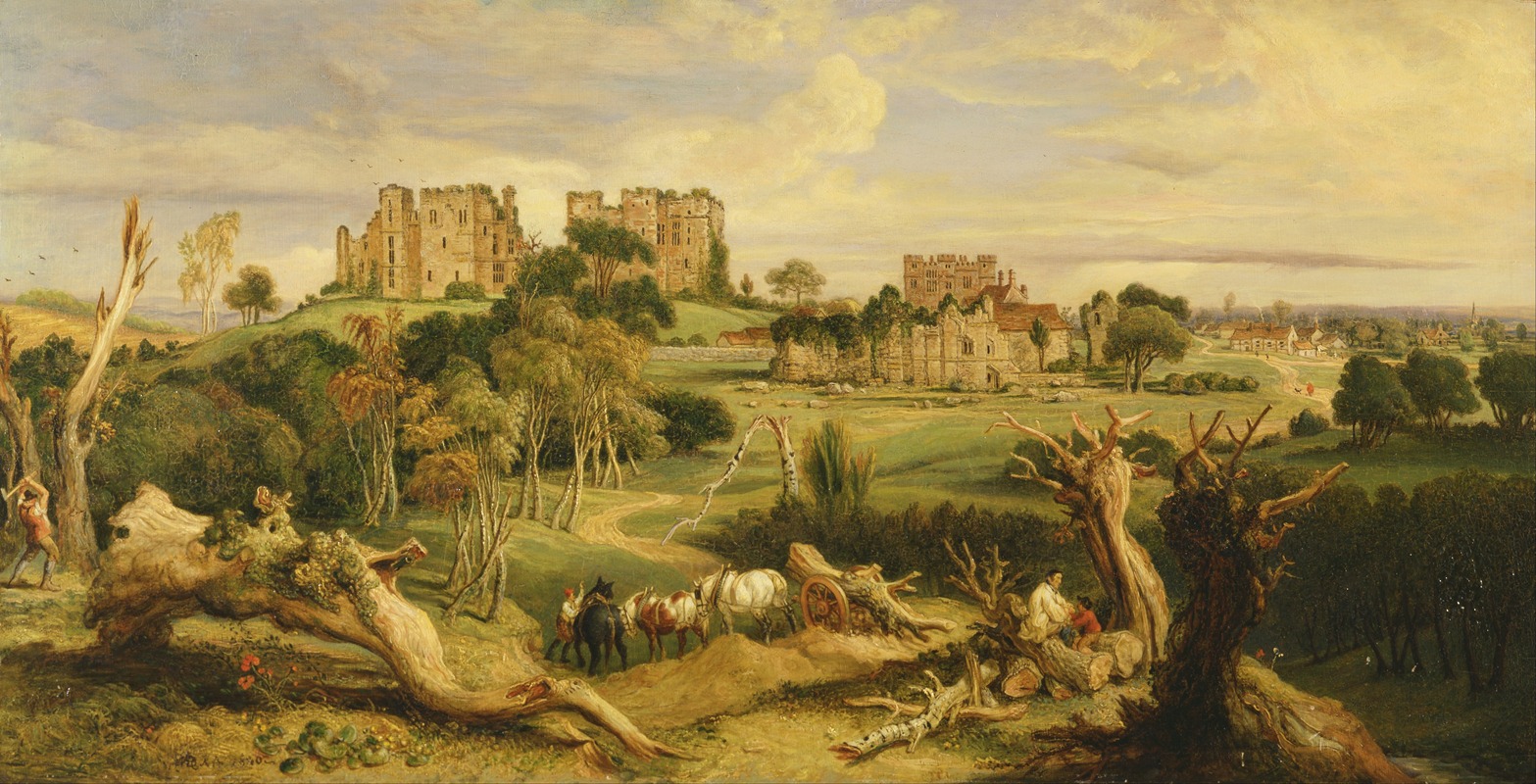
Kenilworth Castle, Warwickshire
A hand-painted replica of James Ward’s masterpiece Kenilworth Castle, Warwickshire, meticulously crafted by professional artists to capture the true essence of the original. Each piece is created with museum-quality canvas and rare mineral pigments, carefully painted by experienced artists with delicate brushstrokes and rich, layered colors to perfectly recreate the texture of the original artwork. Unlike machine-printed reproductions, this hand-painted version brings the painting to life, infused with the artist’s emotions and skill in every stroke. Whether for personal collection or home decoration, it instantly elevates the artistic atmosphere of any space.
James Ward's painting "Kenilworth Castle, Warwickshire" is a notable work that captures the historic Kenilworth Castle, located in Warwickshire, England. James Ward (1769–1859) was an esteemed British painter, renowned for his animal paintings and landscapes. His works are characterized by their meticulous attention to detail and vibrant use of color, which are evident in his depiction of Kenilworth Castle.
Kenilworth Castle itself is a site of great historical significance. Originally constructed in the 1120s, the castle has played a pivotal role in English history, witnessing numerous sieges and serving as a residence for royalty. It was expanded significantly in the 13th century by Simon de Montfort and later by John of Gaunt in the 14th century, who transformed it into a palatial residence. The castle is perhaps most famous for the lavish festivities hosted by Robert Dudley, the 1st Earl of Leicester, in 1575 in honor of Queen Elizabeth I.
Ward's painting captures the castle in the early 19th century, a period when it had already fallen into a state of romantic ruin. The painting is celebrated for its atmospheric portrayal of the castle, set against the backdrop of the English countryside. Ward's use of light and shadow highlights the castle's architectural features, while the surrounding landscape is rendered with a sense of tranquility and natural beauty.
The painting reflects Ward's skill in landscape art, a genre that gained popularity during the Romantic period. This era saw artists emphasizing emotion and nature, often portraying ruins as symbols of the sublime and the passage of time. Ward's depiction of Kenilworth Castle aligns with these themes, presenting the ruins as both majestic and melancholic.
Ward's work was part of a broader movement in British art that celebrated the nation's historical and natural heritage. His paintings often evoke a sense of nostalgia and reverence for the past, capturing the imagination of viewers with their detailed and evocative imagery. "Kenilworth Castle, Warwickshire" is no exception, offering a window into the past and inviting contemplation of the castle's storied history.
Today, Kenilworth Castle remains a popular tourist attraction, managed by English Heritage. Visitors can explore the ruins and learn about the castle's rich history, from its medieval origins to its role in the Elizabethan era. Ward's painting continues to be appreciated for its artistic merit and historical significance, serving as a visual reminder of the enduring legacy of Kenilworth Castle.
In summary, James Ward's "Kenilworth Castle, Warwickshire" is a distinguished example of early 19th-century landscape painting. It captures the essence of Kenilworth Castle with artistic finesse, reflecting both the grandeur and the decay of this historic site. Through his work, Ward contributes to the appreciation and understanding of England's cultural and historical landscape.





